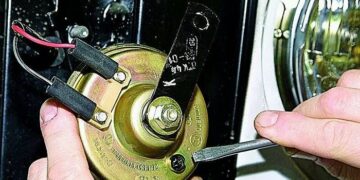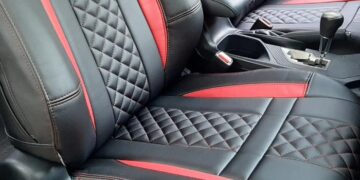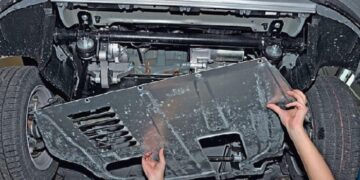The process of electric arc welding is not the easiest and, naturally, requires certain knowledge and skills. However, as in most other areas, the development of technology has contributed to this matter: specially designed semi-automatic electric welding machines have taken their place in the equipment market and are becoming increasingly popular, while gradually becoming cheaper in price.
The semi-automatic welding process requires consumables in the form of a shielding gas (argon, carbon dioxide or special gas mixtures) and a special electrode wire, which comes in three types – flux-cored, solid and activated. All of them are used for certain purposes and under certain conditions, so let’s briefly consider their features.
Flux-cored wire is called so because in structure it is a tube filled with a special powder, designed to ensure combustion stability, alloying of the weld being produced, and protection of the welding process from oxygen. Flux-cored wire grades are produced either for welding in a protective carbon dioxide gas environment, or for self-protective submerged arc welding.
Solid wire consists of a specific metal – steel, aluminum, copper, steel, or their alloys – choose a material that is identical, or as similar as possible to the materials being welded.
Activated welding wire inside has special additives in the form of salts and oxides of alkali metals. There are very few of these additives – only 5-7% of the total composition of the wire segment, but they contribute to a neat weld and prevent metal spatter. Activated wire is designed to work in carbon dioxide environment.
As you can see, ordinary wire for semi-automatic welding is categorically not suitable. Be very careful with the choice of electrode wire before starting welding.































